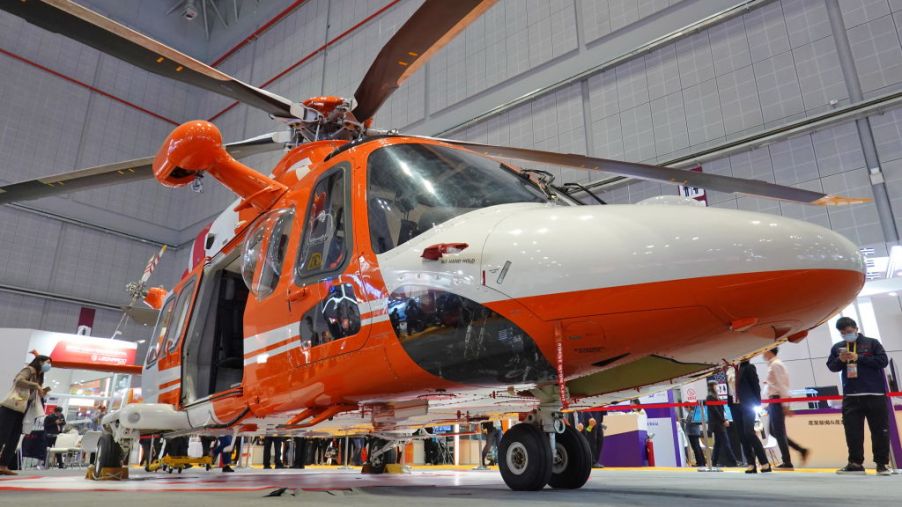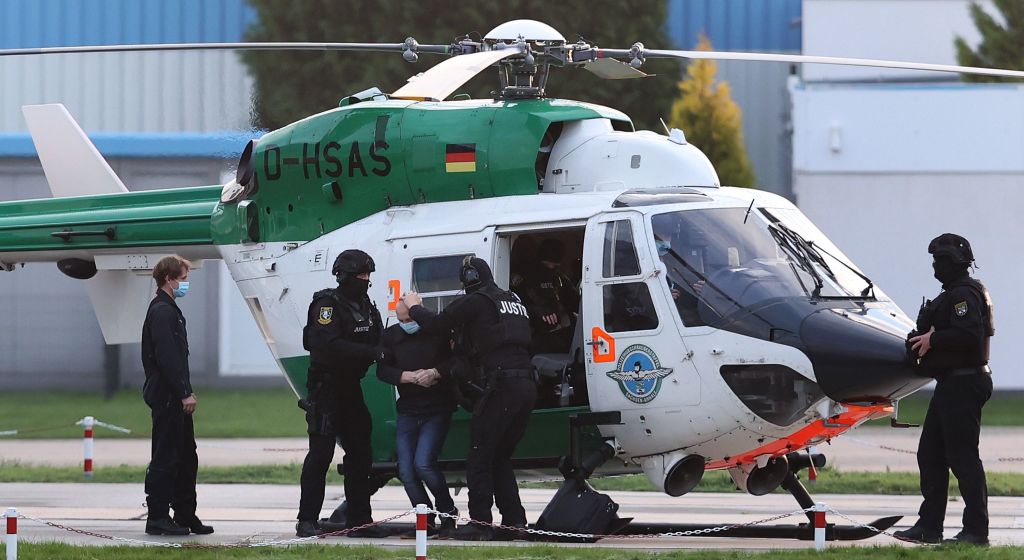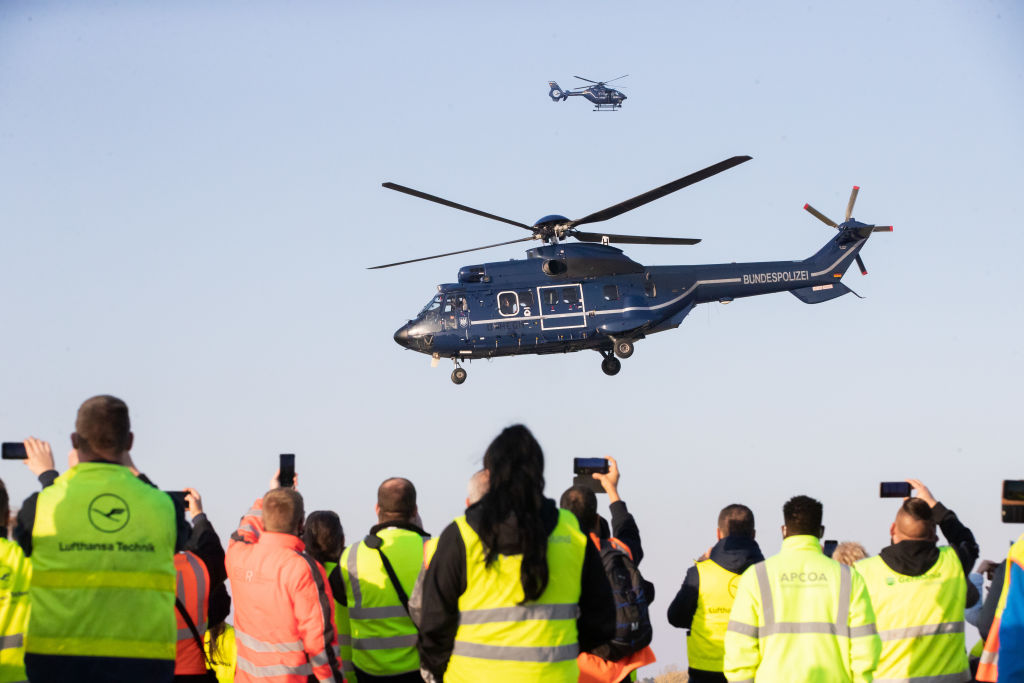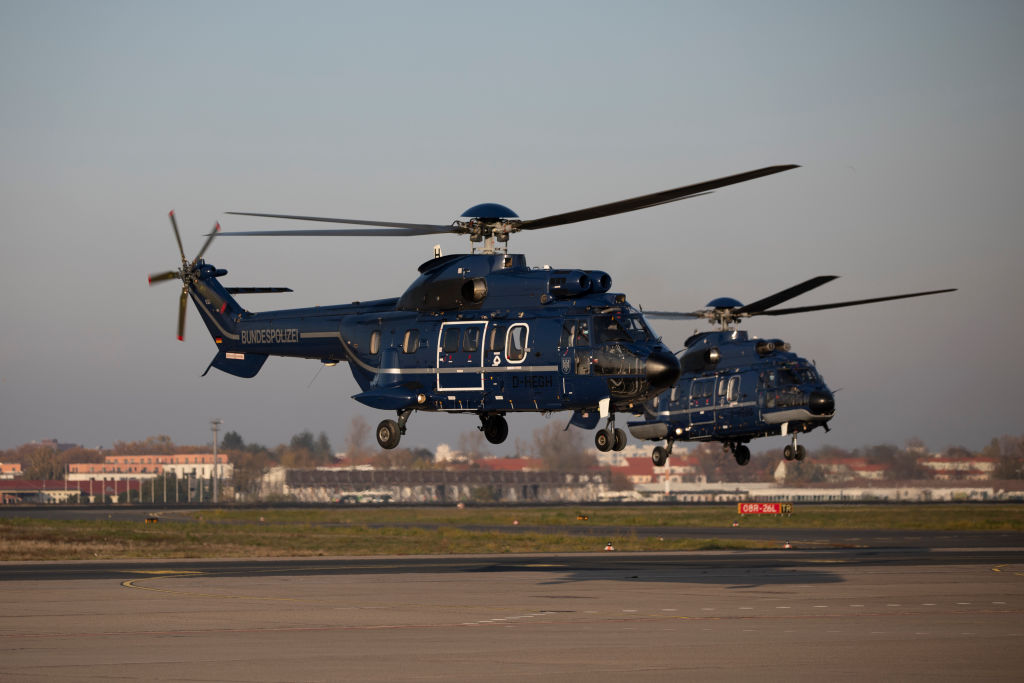
How Do Helicopters Land When Engines Fail?
We’ve seen videos of car crashes and even plane crashes, and while those make sense, or at least we think they can sometimes be prevented, that isn’t quite what comes to mind when we think of helicopters crashing. In fact, you probably don’t give helicopter much thought unless you see one in the news or flying overhead. But, if you’ve ever wondered what happens when the propeller stops spinning mid-air, you might be surprised by the answer.
Dropping like a rock
If you didn’t know any better, you might believe the general stereotype that helicopters fall right of the sky when the engine stops. Without the wings to support a smoother landing, it’s easy to see why people would believe this, and there have been more than a few cartoons and shows that make it seem true. While it is a possibility, there is a lot more to the vehicle’s aerodynamics and physics than it just falling right out of the sky.

When the engines fail
So what does the pilot do when engines fail? There are only a few critical moments between the passengers on board and death. In fact, pilots actually practice emergency landings by doing emergency engine shut-off drills. With the engines turned off or failing, pilots must use a technique called autorotation to land the helicopter safely. Within the first few seconds of the engines failing, the pilot must adjust the helicopter’s position to avoid losing control altogether, which pretty much turns out like what you see in the movies.

Landing the helicopter
Autorotation relies on airflow upwards through the helicopter’s rotor as it begins to descend. The helicopter blade is disengaged from the engine at this time, making it possible for it to spin freely regardless of the lack of power input from the engine. This process can be very scary but modern helicopters are designed to promote autorotation in case of emergency, and pilots are thoroughly trained for each specific helicopter.

So, while helicopters could come plummeting out of the sky in case of an engine failure, a trained pilot can safely land the helicopter. Besides engines failing, if the tail rotor fails this could also make an autorotation landing necessary. Whatever the cause, not all hope is lost when the engines cut out.


